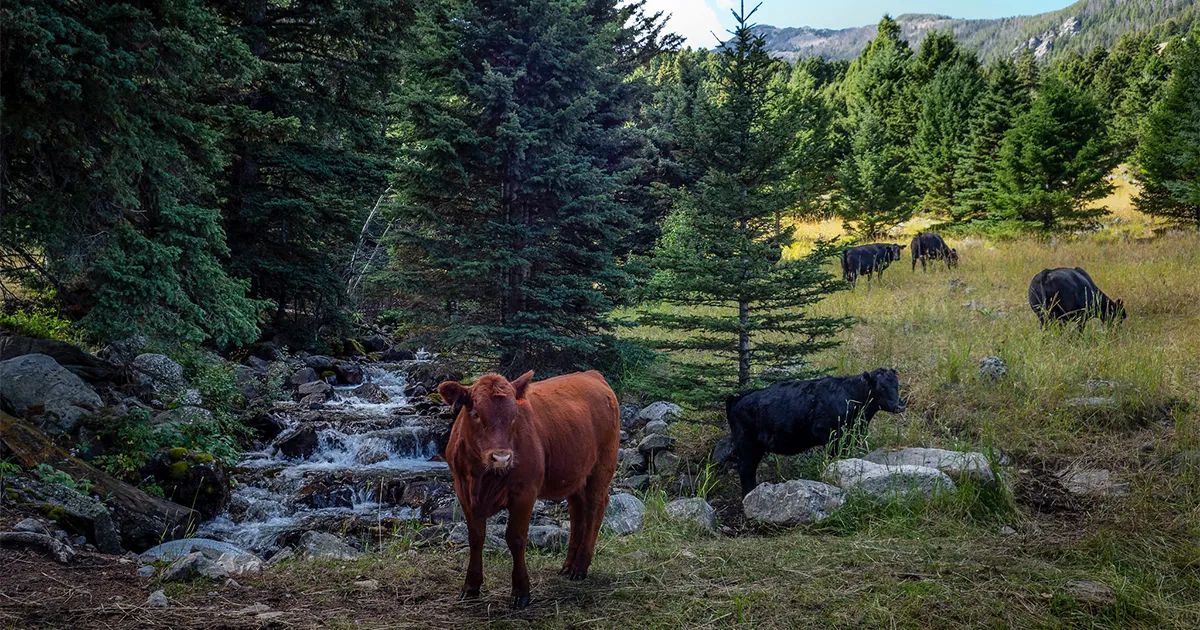
Idaho Ranch Sued on CWA Violations Motions to Dismiss Based on Sackett Case
May 7, 2024
An Idaho ranch sued by the U.S. Environmental Protection Agency (EPA) for alleged Clean Water Act violations is testing a federal court on whether a major ruling by the Supreme Court in Sackett v. EPA will be followed.
In the Sackett case, the Supreme Court ruled that only wetlands with a continuous surface connection to navigable waters were protected by the Clean Water Act.
In a motion to dismiss filed in the U.S. District Court for the District of Idaho, attorneys for Ace Black Ranches (ABR) in Bruneau, Idaho, argue EPA's complaint fails to comply with the Sackett ruling.
"Specifically, plaintiff has failed to plausibly allege that ABR discharged pollutants into any wetland that has a continuous surface connection with the Bruneau River such that it is difficult to determine where the river ends and the wetland begins," attorneys from the Mountain States Legal Foundation argue in the motion.
"Dismissal is proper here because plaintiff has not bothered to allege, much less plausibly allege, that ABR discharged any pollutants into wetlands that have a continuous surface connection with the Bruneau River such that it is difficult to determine where the river ends and the wetlands begin. And dismissal is important here for a broader policy reason: Plaintiff's conclusory allegations show an abusive approach to federal regulation that the Supreme Court looked to curb a year ago in Sackett v. EPA."
EPA has alleged Ace Black Ranches made several alterations to the Bruneau River and surrounding wetlands as part of a sand and gravel operation. The agency alleges the ranch has been conducting the work without a Clean Water Act dredge-and-fill permit.
EPA said in the complaint that the ranch operated by Terry and Telby Black used "heavy machinery" to "clear and level" dozens of acres of wetlands to install roads and center-pivot irrigation systems.
The complaint alleges pollution discharges occurred not only on the ranch but on neighboring parcels of privately owned and state-owned land, including a portion of the nearby C.J. Strike Wildlife Management Area.
The agency asked the court to order ranch owners to stop "unauthorized discharges" of pollutants and stormwater into the river and wetlands, and to require the landowners "at its own expense and the direction of EPA" to restore waters on the site and to obtain CWA permits.
Ace Black Ranch said in its motion that the Sackett ruling "makes clear" that not all wetlands are adjacent wetlands invoking the Clean Water Act.
Instead, the ranch argues that the Supreme Court's adjacency test "significantly tightens" the geographic scope of federal jurisdiction to enforce the Clean Water Act.
"So, it is not enough for a plaintiff to merely allege that wetlands are ipse dixit 'adjacent wetlands' and then round out the allegations by mirroring the plaintiff's chosen legal theory," the ranch said in its motion.
"Here, plaintiff's allegations show a disregard for the Supreme Court's attempt to make the law clear. Plaintiff has been harassing ABR for at least three years. And now, despite spending at least seven days inspecting ABR's property and 'collecting evidence,' plaintiff has sued ABR for allegedly discharging pollutants into wetlands covered by the Clean Water Act without actually alleging any factual content that would allow the court to 'draw the reasonable inference' that plaintiff is correct."
According to EPA's original complaint, the ranch faces civil penalties of up to $66,712 per day per violation.
The agency said in the lawsuit that ranch owners initially agreed to join the EPA and the U.S. Army Corps of Engineers on a visit to inspect the ranch on May 18, 2021.
On May 17, 2021, however, the ranch instead filed a complaint and a motion for preliminary injunction in the U.S. District Court for the District of Idaho to prevent the agencies from entering the ranch.
That court action was dismissed in February 2022, according to the lawsuit. EPA obtained an administrative warrant in May 2021 and inspected the ranch for the first time from June 14 to June 16, 2021. The agency conducted another inspection from April 24 to April 28, 2023.
Source: DTN










